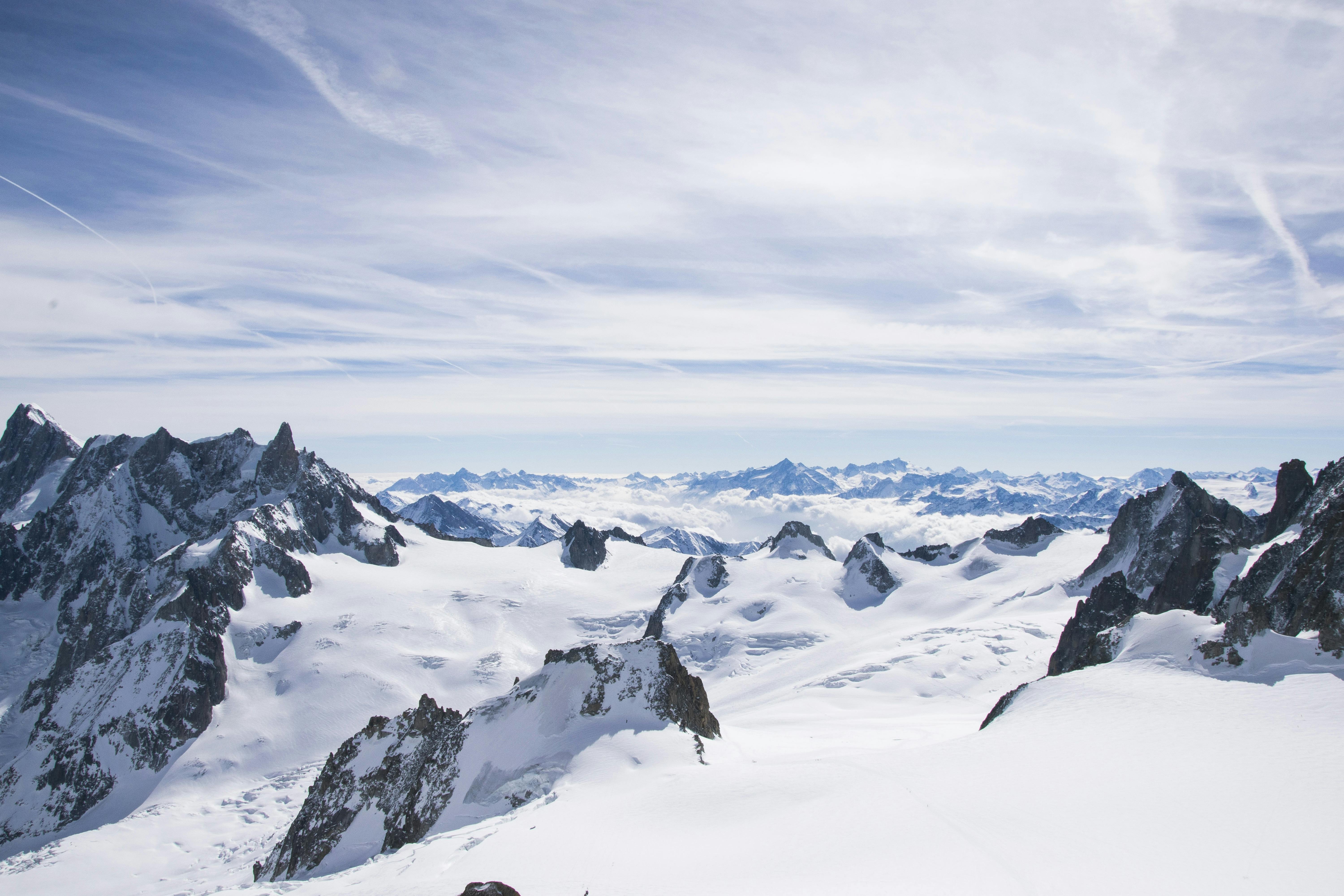Tsavo National Park
Tsavo was divided into Tsavo East and Tsavo West due to its size in 1948. Tsavo West is used more for safaris due to its better infrastructure.
Tsavo West
This Park is covered with volcanic cones, rocky outcrops and lava flows. The northern part of Tsavo West has spectacular scenery with an undulating volcanic landscape carpeted with tall grass and dense bush. The park is an environment of extreme biodiversity, with rivers, forests, lakes, wooded meadows and mountains, each of which is home to a different set of animals. The landscape of Tsavo West National Park is dominated, especially in the hills, by the giant baobab, a tree that is said to live for a thousand years. Chief among the national parks in Tsavo West must be the wonder of Mzima Springs, a haven for wildlife. Here is a natural spring water pool with underwater hideouts to watch hippos. Tsavo is also a Big Five area famous for its large elephant population (about 6,000). There are also many lions, some no doubt descendants of the famous Tsavo Maneaters. .
East of Tsavo
Tsavo East has more open savannah, and the scrub-covered hills give the park a very remote look. However, despite its big game, Tsavo East does not attract a large number of tourists. The best game viewing is along the waterways and in the Kanderi Swamp. In Tsavo East you’ll also find ‘red’ elephants, named for the color of the area’s rich soil that they shed on themselves.
maasai mara
The Masai Mara is located in the Great Rift Valley, a fault line some 5,000 kilometers long, running from the Red Sea from Ethiopia through Kenya, Tanzania, Malawi and into Mozambique. The Masai Mara is part of the Serengeti ecosystem and is the largest game reserve in Kenya. The reserve is perhaps most famous for its lions, however all other members of the “Big Five” are also found here. In addition, more than 450 species of birds have been identified in the park, which makes it very popular with bird watchers as well. The great wildebeest migration also passes through this park between July and October and at its height over 1.4 million wildebeest can be found roaming the plains. Obviously, this is also the peak travel season for this area, so keep in mind the same number of tourists!
Amboseli National Park
Amboseli is the third most visited park in Kenya. On an Amboseli safari, you have a great view of the snow-capped Mount Kilimanjaro, which makes for a great backdrop for photographs. There are five different habitats for wildlife in the park: open plains, acacia forests, thorny bush rocky terrain, swamps and marshes. Due to the park’s low vegetation, wildlife here is also relatively easy to spot. This park is famous for its elephants, seen in herds of over 100 drinking from the surface springs. Buffalo, wildebeest, zebra, giraffe, impala and warthog also roam the grasslands. Attending carnivores include lion, leopard, caracal, cheetah, jackal, hyena, and serval. Unfortunately, any rhinos are long gone from this area after intensive poaching. For the avid bird watcher, there are also over 400 species of birds in Amboseli.
Sweetwaters Game Reserve
Sweetwaters Game Reserve is a smaller park, but also a Big Five area. In this park, Jane Goodall has established her Chimpanzee Sanctuary, attracting many visitors to this area.
Lake Nakuru National Park
Lake Nakuru is a small, shallow, alkaline lake, most famous for the number of flamingos that can be seen there, estimated at over a million. The park is also very popular with bird watchers, as pelicans and many other birds frequent the area. Although it’s not a Big Five Reserve, you might see one of the more than 25 rhinos that live here, and there’s also the chance to see giraffes, antelopes, lions and Rothschild’s leopards.
Samburu National Park
This Park is not well known and therefore less crowded than other parks. It is situated on the banks of a river, and that attracts wildlife. The park itself is quite dry and many areas are not covered in grass, making it relatively easy to spot animals. In Samburu you will find giraffes, elephants, buffalo, waterbucks, gerenuks and zebras, as well as lions, leopards and cheetahs. Again, you have a better chance of spotting animals as there isn’t much overgrowth due to lack of rain. Samburu NP is also home to the Samburu, a tribe that is closely related to the Masai.



